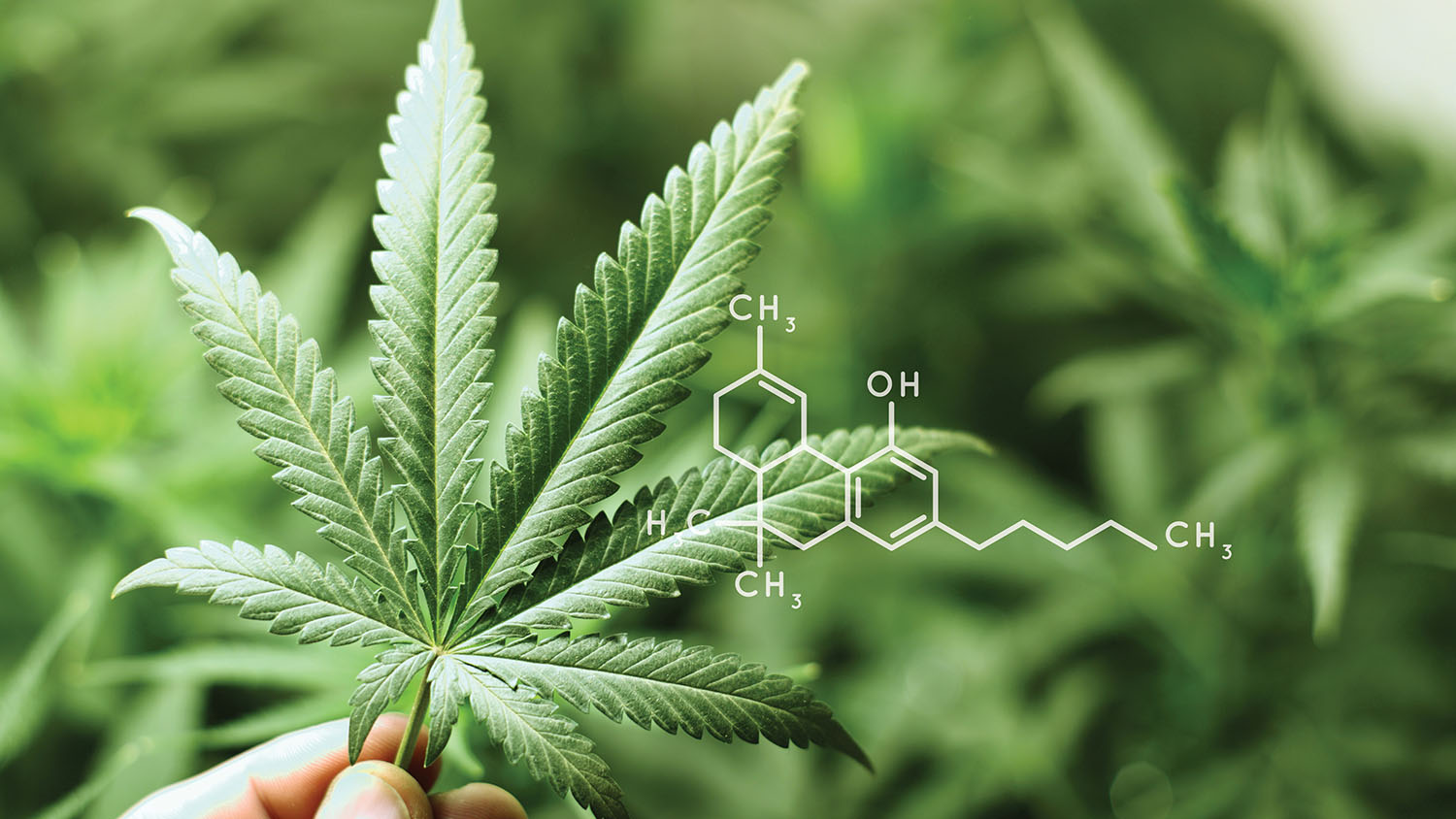
What about Cannabis?
Cannabis is probably the most misunderstood plant in the world. People commonly equate it with marijuana, but that is only part of the story. There are two types of Cannabis plants: Cannabis Indica and Cannabis Sativa. Most hemp and many marijuana plants are strains of the Cannabis Sativa plant or a hybrid of both plants. Hemp and marijuana are very similar, but there is a big difference between the two, which leads to a big difference in each plant’s legal status.
The most significant difference between hemp and marijuana is the level of delta-9 tetrahydrocannabinol, commonly referred to as THC, the psychoactive compound found in cannabis that creates the “high” traditionally associated with marijuana. Hemp contains only 0.3% THC by weight, while marijuana contains significantly more. Here are some highlights and a timeline about hemp, marijuana and their regulations:
- Medical marijuana is legal in most states, but recreational marijuana is still illegal in 29 states, including Minnesota.
- The 2014 Farm Bill allowed states to develop industrial hemp pilot programs. Minnesota launched its program, the Minnesota Industrial Hemp Act, in 2016. It enabled the legal production of hemp with regulation by the Minnesota Department of Agriculture.
- North Star Hemp, Carpe Diem’s parent company, began growing hemp in 2019 from its Elk River, Minnesota farm.
- The 2018 Farm Bill allowed states to seek federal approval for industrial hemp programs. Minnesota’s hemp program was approved by the USDA in 2020 and went into effect on January 1, 2021.
- Hemp was redefined in Minnesota statutes in 2019, officially separating it from the definition of marijuana. Industrial hemp now has its own definition, which states that it may have a THC concentration of not more than 0.3% by weight, the same as CBD. This change made clear that hemp and hemp-derived products, including CBD, are legal in Minnesota. While hemp is clearly still cannabis, by definition, it is not marijuana.
- North Star Hemp launched its Carpe Diem product line in 2020 and became one of Minnesota’s only seed-to-shelf CBD-oil companies.
- In July 2022, Minnesota made it legal to consume, manufacture, distribute and sell edibles in packages containing up to 50 milligrams of any form of THC, so long as it is derived from hemp.
A deeper dive into CBD versus THC
CBD and THC are just two of the 540 chemical substances found in the cannabis plant. Here are some key terms to understand and their benefits:
- Cannabinoids: there are more than 100 cannabinoids in the cannabis plants, and, as we mentioned above, the level of cannabinoids varies between species and strains. In addition to CBD and THC, other cannabinoids include CBC, CBG and CBN, which have similar therapeutic properties.
- THC: one of the main active cannabinoids, and while it can have psychoactive effects, in early research it is reported to serve as a pain reliever, nausea remedy, sleep aid, appetite and mood stimulant and more.*
- CBD: another prominent active cannabinoid that does not have psychoactive effects and is reported to be an effective pain reliever, anti-inflammatory, anti-anxiety, seizure inhibitor, anti-nausea, muscle relaxer, sleep aid and more.* In fact, Epidiolex, a medication to treat certain types of epilepsy, is the first and only prescription medication to contain CBD and be approved by the Food and Drug Administration or FDA.
- Terpenes: are aromatic compounds found in many plants, though many people commonly associate them with cannabis because the plant contains such high concentrations of them. Many terpenes are bioactive, which means they affect the body. Cannabinoids and terpenes work in harmony, which may result in an entourage effect that enhances cannabis’s therapeutic properties.
In our next article, we will explore the human body’s endocannabinoid system and how Carpe Diem’s CBD products work to best optimize the regulation and control of the system’s critical functions.
*FDA Disclosure: These statements have not been evaluated by the Food and Drug Administration. This product is not intended to diagnose, treat, cure or prevent any disease.